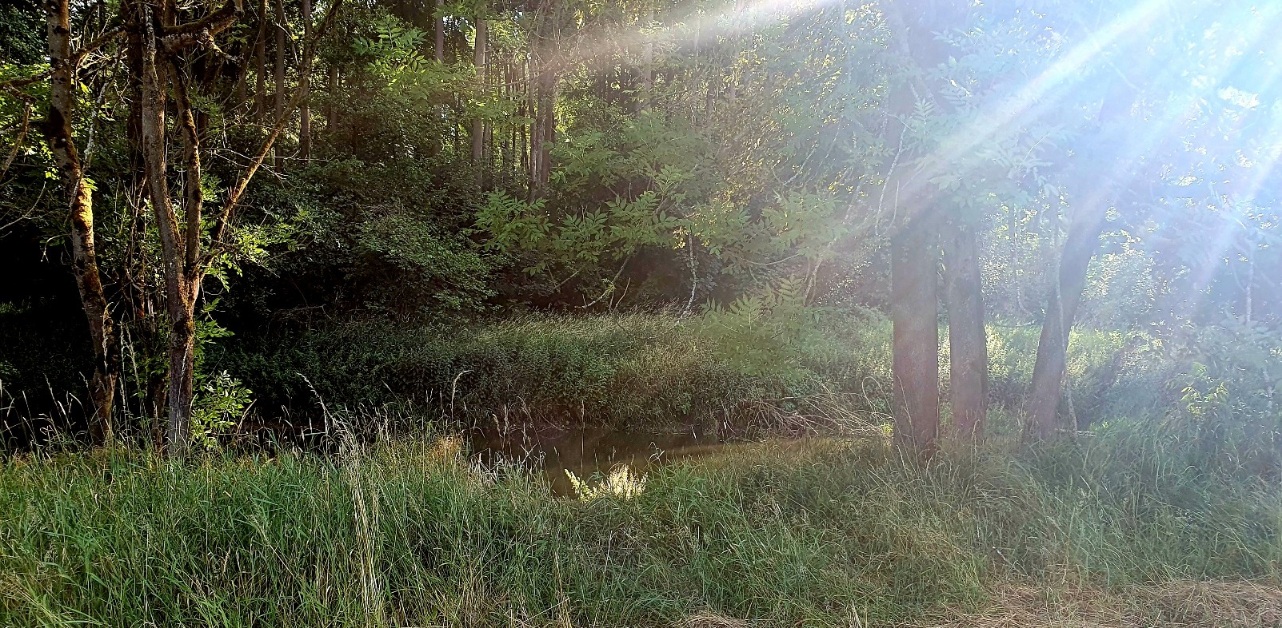Introduction
The Radbuza River, flowing gracefully through the picturesque landscapes of the Czech Republic, has long been a lifeline for the communities along its banks. From its headwaters near the German border to its confluence with the Mže River in Plzeň, the Radbuza has been a source of sustenance, culture, and tradition for centuries. This document explores the historical origins of fishing on the Radbuza River, tracing its development from ancient times to the present day.
Ancient Beginnings
Fishing on the Radbuza River dates back to prehistoric times. Archaeological findings suggest that early human settlements in the region, dating back to the Neolithic era, relied heavily on the river for their livelihoods. Stone tools and fish remains discovered at various sites indicate that fishing was a crucial activity for these early inhabitants.
The abundance of fish species such as pike, perch, and trout provided a reliable food source. Early fishing techniques likely included simple traps, spears, and nets woven from natural fibers. These methods were passed down through generations, evolving over time as communities grew more sophisticated in their understanding of the river’s ecosystem.
Medieval Developments
During the medieval period, the Radbuza River became increasingly important for the burgeoning towns and villages that sprang up along its course. The river not only provided food but also served as a vital transportation route and a source of water for agriculture and industry.
Medieval records from the 10th to 14th centuries document the establishment of fishing rights and regulations, reflecting the growing significance of fishing in local economies. Monasteries and feudal lords often controlled these rights, with fishing activities carefully monitored to ensure sustainable practices. The introduction of fishponds, a technique believed to have been influenced by monastic traditions, allowed for the controlled breeding and harvesting of fish, further enhancing the region’s fishing capabilities.
Renaissance and Early Modern Era
The Renaissance period brought about significant advancements in fishing techniques and knowledge. Written records from the 15th and 16th centuries reveal detailed descriptions of fishing gear, including the use of more sophisticated nets, hooks, and lines. The period also saw the introduction of new fishing methods such as angling, which became a popular pastime among the nobility and wealthy merchants.
The Radbuza River continued to be a crucial resource, with fishing playing an integral role in the local economy. Markets in towns like Plzeň thrived, with fresh fish from the Radbuza being a staple commodity. The river’s bounty also supported local cuisine, with recipes and culinary traditions centered around fish becoming deeply embedded in the cultural fabric of the region.
The Industrial Revolution
The 18th and 19th centuries brought profound changes to the Radbuza River and its fishing traditions. The advent of the Industrial Revolution led to increased urbanization and industrialization along the river’s banks. While this period saw technological advancements that improved fishing techniques, it also posed significant challenges.
Pollution from factories and increased human activity began to impact the river’s health, threatening fish populations and the traditional fishing practices that depended on them. In response, local communities and authorities began to implement measures to protect and preserve the river’s ecosystem. Efforts to regulate industrial waste and manage fishing practices more sustainably were initiated, laying the groundwork for modern conservation efforts.
Modern Era and Conservation Efforts
The 20th century witnessed a renewed focus on the ecological health of the Radbuza River. Environmental awareness grew, leading to concerted efforts to restore and protect the river’s natural habitats. Organizations dedicated to conservation and sustainable fishing practices emerged, working to balance the needs of local communities with the imperative to preserve the river’s biodiversity.
Modern fishing on the Radbuza River blends traditional methods with contemporary techniques. Anglers today use advanced equipment and follow strict regulations designed to ensure the sustainability of fish populations. Recreational fishing has also become a popular activity, drawing enthusiasts from around the region and beyond, further highlighting the cultural and economic importance of the Radbuza River.
Conclusion
The history of fishing on the Radbuza River is a testament to the enduring relationship between humans and the natural world. From ancient times to the present day, the river has provided food, livelihood, and cultural enrichment for countless generations. As we look to the future, the legacy of sustainable fishing practices and conservation efforts will continue to shape the story of the Radbuza River, ensuring that its waters remain a vibrant and vital resource for all who depend on it.
